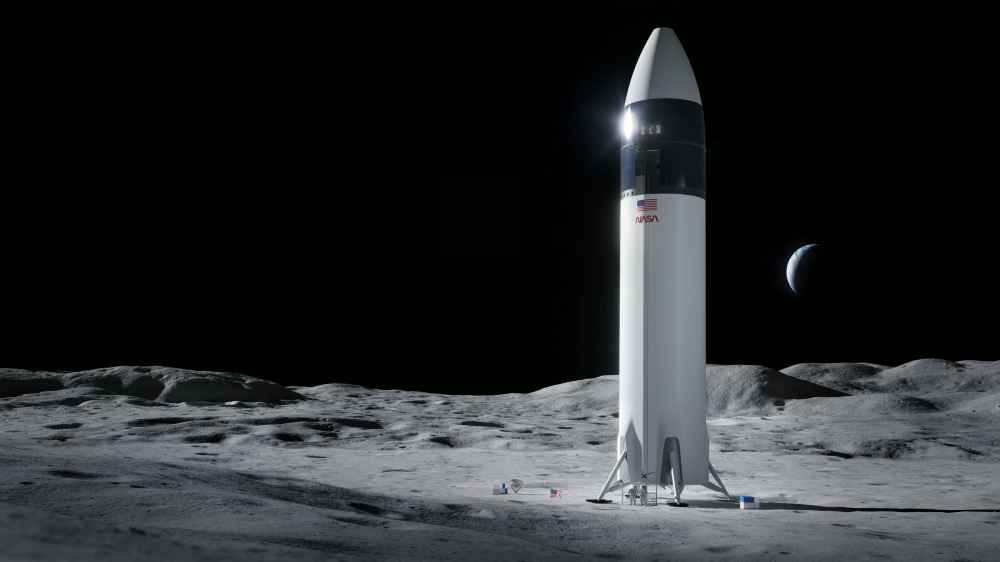On March 14, SpaceX achieved another significant milestone in the journey towards returning humans to the Moon with the successful launch of the third integrated flight test of its Super Heavy booster and Starship upper stage. This test flight, conducted from the company’s Starbase orbital launch pad, marks a crucial step forward in NASA’s Artemis program, aimed at landing astronauts near the Moon’s South Pole during the Artemis III and Artemis IV missions.
The flight test, which saw the Starship HLS Human Landing System propelled by a complement of 33 Raptor engines, signifies a leap towards fulfilling NASA’s lunar exploration ambitions. Powered by super-cooled liquid methane and liquid oxygen, the Super Heavy booster and Starship upper stage embarked on their journey, with Starship separating from the booster approximately three minutes into the flight. This successful separation, employing a hot-staging technique, demonstrated the capabilities of the integrated system and paved the way for future Artemis missions.
Lisa Watson-Morgan, HLS Program Manager at NASA’s Marshall Space Flight Center, emphasized the importance of these flight tests in advancing the development of Starship HLS. Each test pushes the boundaries of what is possible, allowing NASA and SpaceX to gather crucial data necessary for the continued refinement of the Starship system. With each successful flight, the partnership between NASA and SpaceX grows stronger, propelling humanity closer to the goal of returning to the lunar surface.
The recent test flight achieved several significant milestones, including the successful completion of the full-duration ascent burn and reaching the expected orbit. Of particular importance was the demonstration of propellant transfer between internal tanks during the spacecraft’s coast phase. This technology demonstration, funded by NASA’s Space Technology Missions Directorate, is vital for future missions that rely on cryogenic fluids for propulsion.
Jeremy Kenny, project manager for NASA’s Cryogenic Fluid Management Portfolio at Marshall, highlighted the significance of this milestone, emphasizing that the ability to store and transfer cryogenic propellant in orbit is a game-changing technology that will enable future exploration missions to the Moon, Mars, and beyond. By mastering this technology, engineers can ensure the efficient operation of spacecraft and maximize the potential for exploration beyond Earth’s orbit.
Furthermore, the test flight provided valuable data on how super-cooled propellant behaves in orbit, particularly regarding its movement within the tanks and its impact on spacecraft stability. Engineers will analyze this data to optimize thruster performance and propellant transfer efficiency, essential for supporting extended missions to the Moon and beyond.
Under NASA’s Artemis campaign, which aims to land the first woman, first person of color, and the first international partner astronaut on the lunar surface, commercial partnerships play a crucial role. Alongside SpaceX’s Starship HLS, other elements such as the Space Launch System rocket, Orion spacecraft, advanced spacesuits, rovers, exploration ground systems, and the Gateway space station are integral components of this ambitious undertaking.
The successful test flight of SpaceX’s Starship represents a significant step forward in NASA’s Artemis program and humanity’s quest to explore the Moon and beyond. With each milestone achieved, the vision of returning humans to the lunar surface becomes increasingly attainable, ushering in a new era of space exploration and discovery. As we look towards the stars, let us continue to push the boundaries of what is possible and inspire future generations to reach for the stars.
